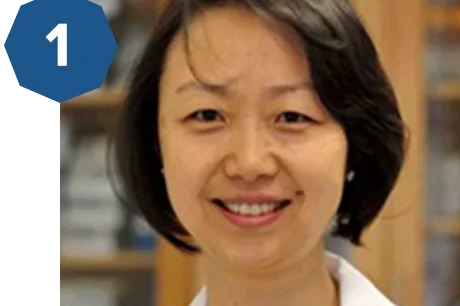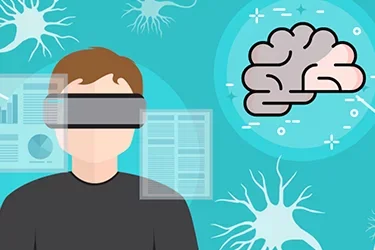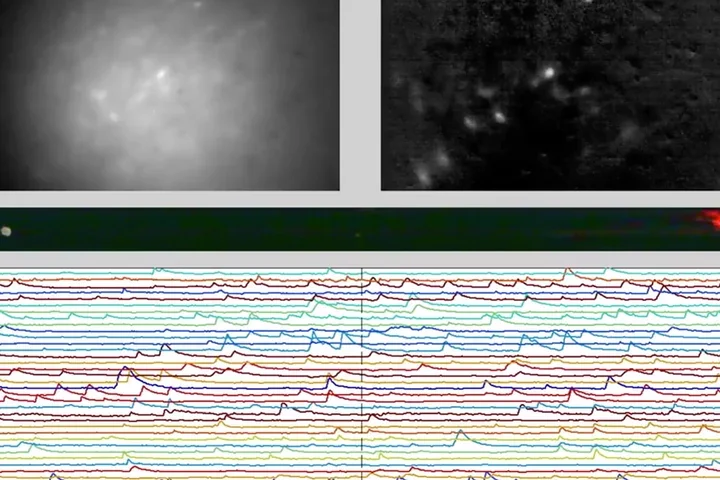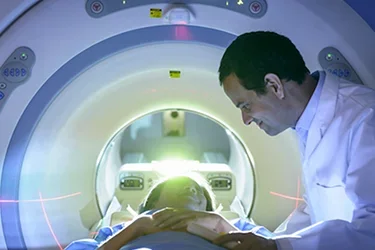Brain Disorders and Degeneration
The Aging Brain
Neurodegenerative Disease
The Make-Up Of Neurodegenerative Diseases
UCLA neuroscientists are studying neurodegenerative diseases from many different perspectives, from understanding the atomic structure of abnormal toxic proteins that accumulate in the brains of patients with a spectrum of neurodegenerative diseases to determining how the loss of function of some genes in other patients leads to disease.
Important Contributions
Many UCLA scientists have made important contributions to understanding how the brain ages, here are a few. Ultimately the goal of these studies is to use rationale approaches based on a deep understanding of these diseases to develop affective therapeutic approaches.





Dr. Ming Guo is a neurologist, who treats patients, and research scientist studying how a neurodegenerative disease like Parkinson’s disease disrupts normal brain function and ultimately destroy neurons. This has enormous consequences for individuals, families and our society.

Dr. Carmichael and his colleagues have shown that the brain can be repaired — and brain function can be recovered — after a stroke in animals. The discovery could have important implications for treating a mind-robbing condition known as a white matter stroke, a major cause of dementia.

A hallmark of a neurodegenerative disease, including Parkinson’s and Alzheimer’s, is the abnormal aggregation of proteins into fibrils called amyloids. Dr. David Eisenberg, has been trying to visualize and determine structure of these amyloids.

UCLA Neuroscientist X. William Yang, MD, PhD, merges human genetic findings and clinical observations from patients with cutting-edge genetic tools to study a variety of brain disorders, including Huntington’s, Parkinson’s, and Alzheimer’s diseases.


